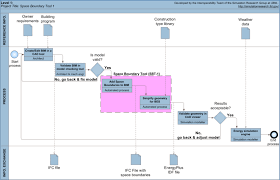The Nifty 50: A Comprehensive Look at India’s Leading Index

Introduction
The Nifty 50, operated by the National Stock Exchange of India, is one of the most crucial stock market indices in the country. It comprises 50 of the largest and most actively traded stocks on the exchange, representing various sectors of the economy. Understanding the Nifty 50 is essential for investors and market participants because it acts as a barometer for the Indian stock market’s overall health and performance.
Key Facts About Nifty 50
The Nifty 50 was launched in 1996 and has since grown to serve as a benchmark for investors, mutual funds, and institutional investors. The index is calculated using a free float market capitalization weighted method, which means that the higher a company’s market capitalization, the more influence it has on the index’s movement.
As of October 2023, the Nifty 50 includes heavyweight companies from diverse sectors, including finance, IT, automobile, and pharmaceuticals. Notable names in this index are Reliance Industries, Tata Consultancy Services (TCS), HDFC Bank, and Infosys, representing the leading players in their respective industries.
Current Trends and Performance
In recent months, the Nifty 50 has shown remarkable resilience and growth, even amid global economic fluctuations. As of mid-October 2023, the index has surged significantly, reflecting investor optimism around India’s growth prospects. Analysts attribute this performance to strong corporate earnings and favorable government policies promoting investments and infrastructure development.
Moreover, with rising foreign direct investments and a robust domestic consumption landscape, many experts forecast continued strong performance for the Nifty 50. However, volatility remains a concern, especially with ongoing geopolitical tensions and fluctuating inflation rates that could impact investor sentiment.
Conclusion
The Nifty 50 serves not only as a crucial indicator for market watchers but also plays a significant role in shaping investment strategies. Its performance can influence a wide range of financial products, including exchange-traded funds (ETFs) and retirement plans. For both seasoned investors and newcomers, keeping an eye on the movements of the Nifty 50 can provide valuable insights into the Indian economy’s direction.
In this rapidly changing financial landscape, understanding the dynamics of the Nifty 50 remains vital. Investors should consider its historical performance, current trends, and expert analyses to make informed decisions regarding their investment portfolios.









